











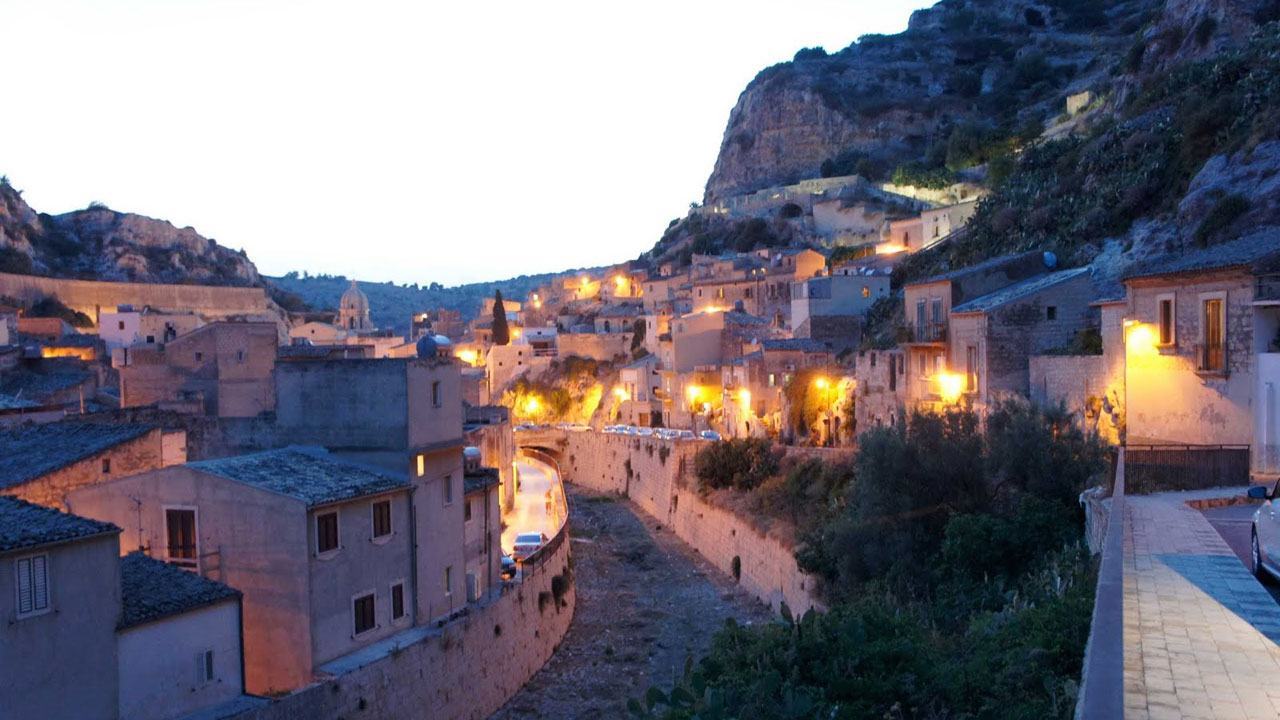














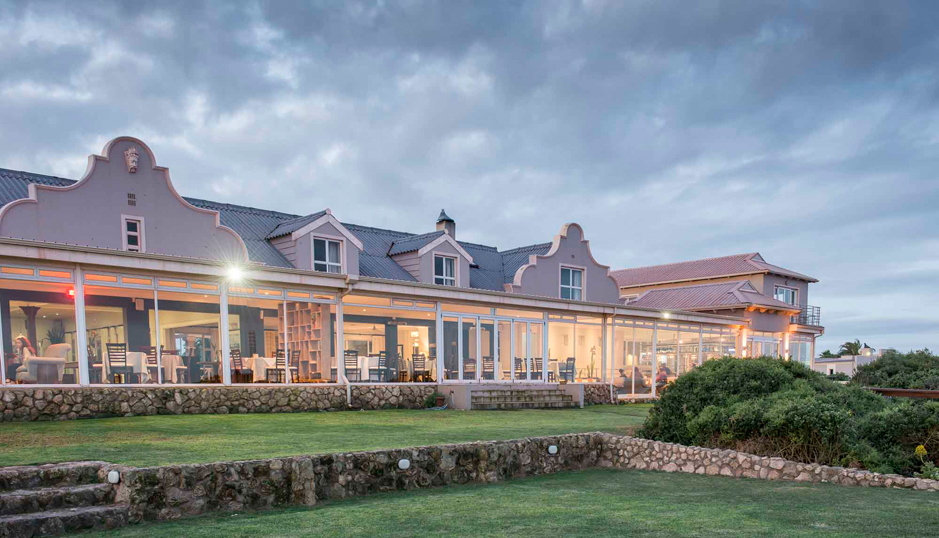







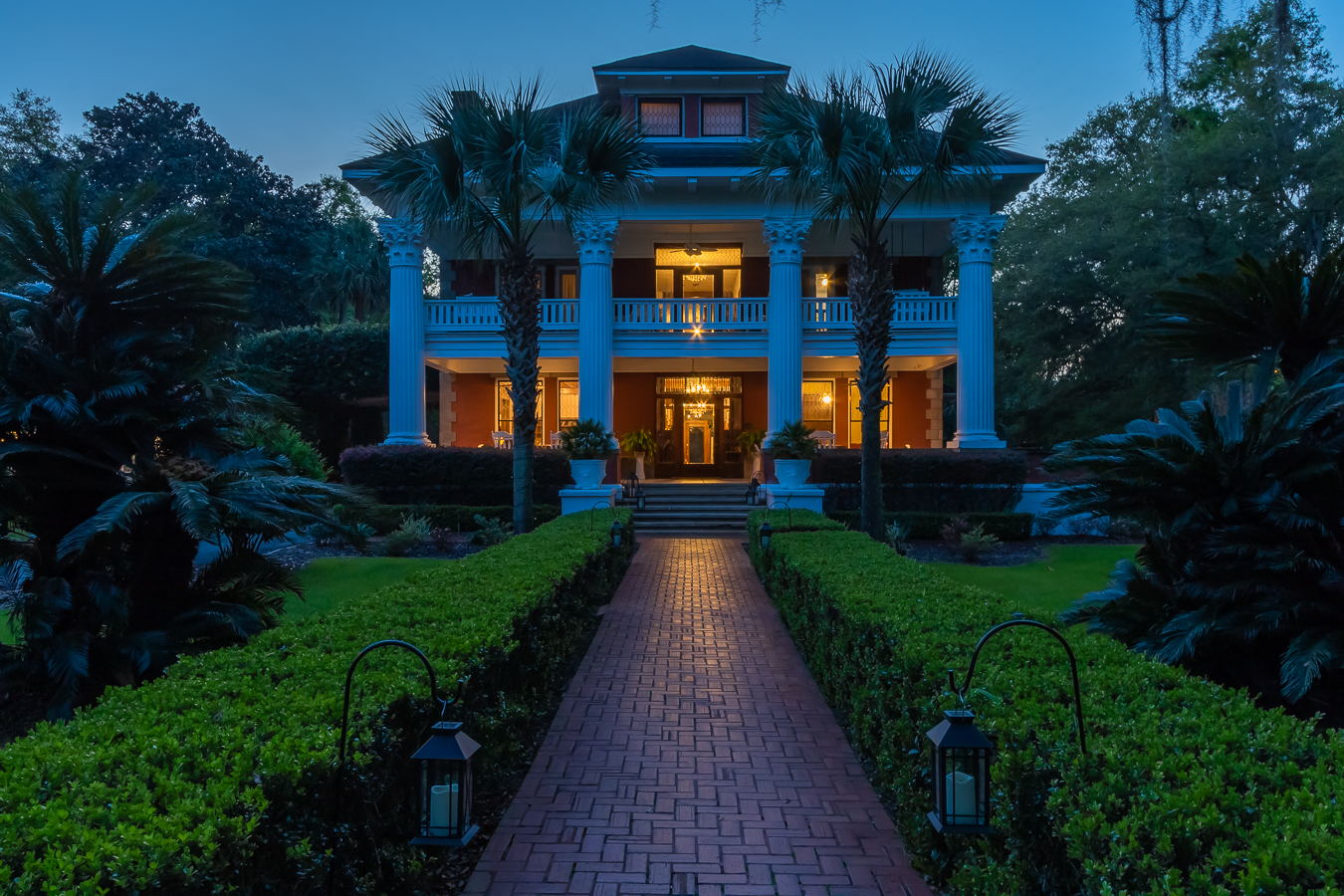




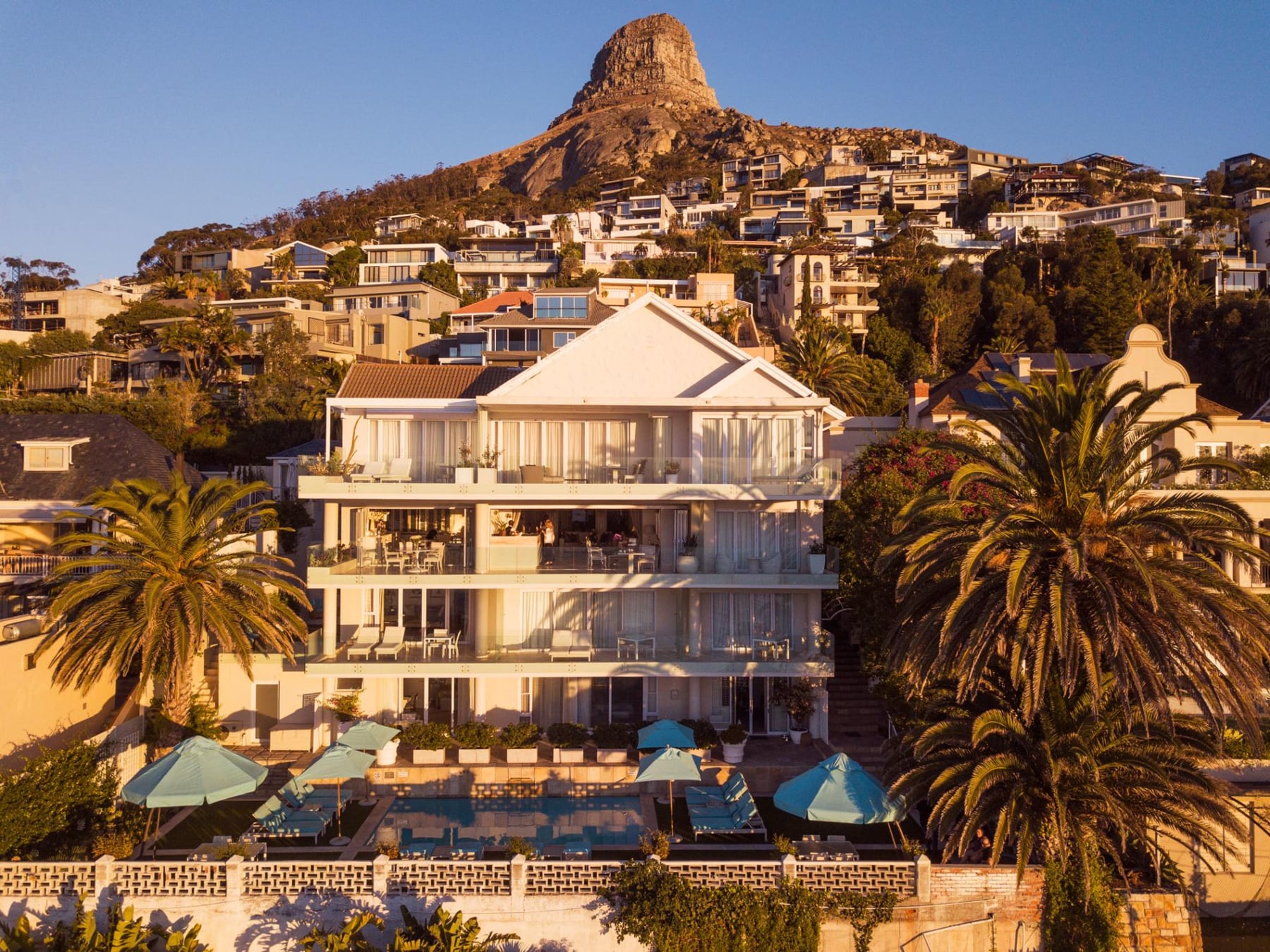

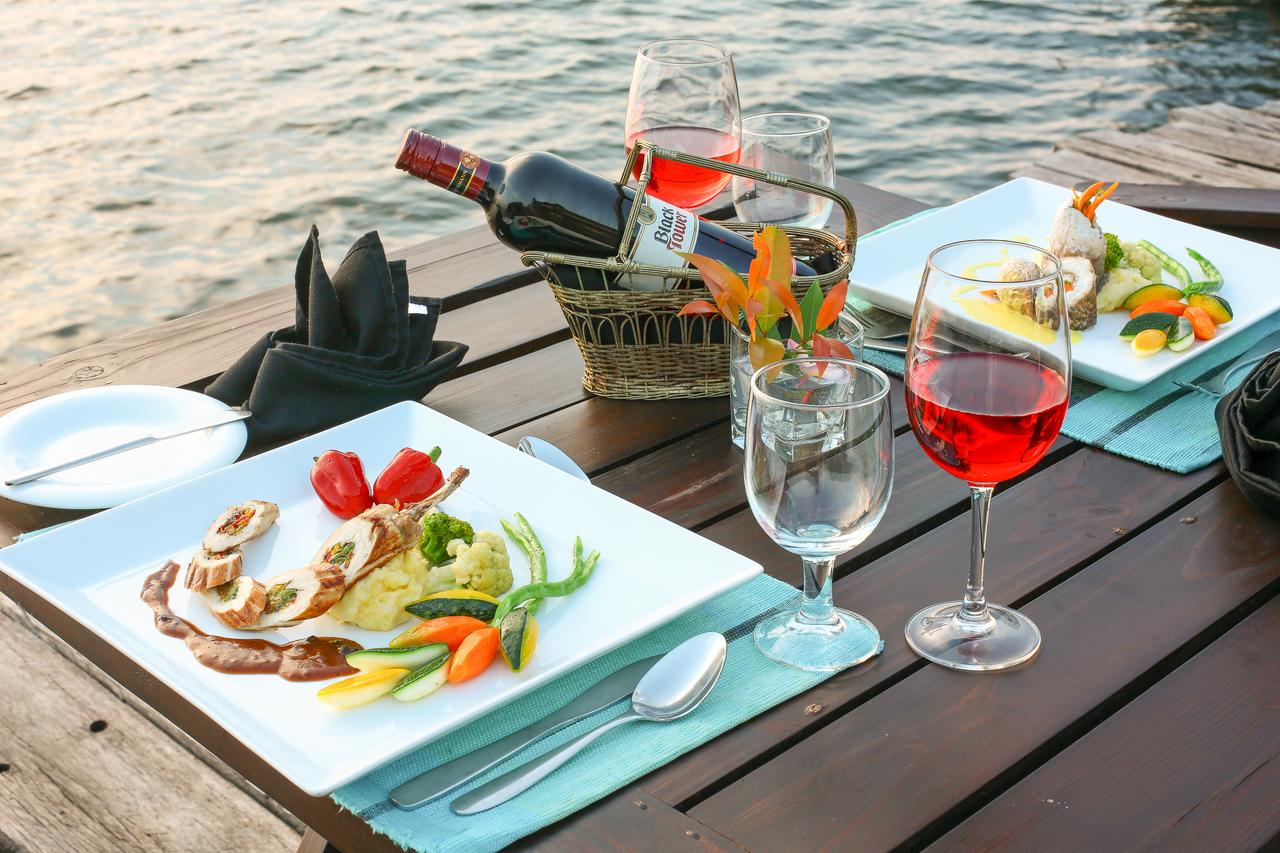





























Siófok, Somogy, Hungary
Agent: Cliff Jacobs - Managing Principal Estate Agent & CEO (Nat.Dpl.Hotel Man (UJ). M.P.R.E.)
Agent Cellphone: +27 (0) 84 413 1071 / +27 (0) 61 716 6951
Agent Office Number: +27 (0) 84 413 1071
Agent Email Address: cliff@exquisitehotelconsultants.com
Type: Boutique Hotel
Bedrooms: 22
Bathrooms: 22
Showers: 22
Parking: 18
Yield: Not Disclosed
Siófok is a town in Somogy County, Hungary on the southern bank of Lake balaton. It is the second largest municipality in Somogy County and the seat of Siófok District. It covers an area of about 124.66 km2 (48.13 square miles) between Lake Balaton, the Mezőföld and the Outer Somogy-Hills. Lying at the firth of the Sió Channel, it serves as the most important logistic station for goods between Lake Balaton and the River Danube.
The town is Hungary's second most popular holiday destination (right after Budapest) thanks to its 17-kilometre-long (11 miles) coast, over 1,000 hotels, and plenty of bars, restaurants and night clubs. Siófok is one of the richest municipalities of Hungary due to tourism. Hungarians often call the town "the capital of Lake Balaton", as it is the largest town on its shores and acts as the financial, cultural, media, commercial and touristic hub of the northern part of Somogy County and the southern shore of Lake Balaton.
The area of today's Siófok was already inhabited in the time of the Roman Empire. The Roman conquest came there in the 1st century AD. The town lay on the route leading from Sopianae (today Pecs) through Tricciana (today Sagvar) to Arrabona (today Gyor.
After the Hungarian Conquest, the settlement is mentioned in the Tihany Abbey's founding letter from 1055 as the following: "Rivulus namque, qui dicitur Fuk fluens" which means that a small brook, also called Fuk (today Sio) comes from the Lake Balaton. It also states that people had a passage through an older bridge and a ford as well.
After the Tatar invasion Fok was resettled.
In 1552, the Turks took Fok and its surroundings. Siófok became a military port of the Ottomans who also built a fortress there. The Siófok Castle stood on the Granarium Hill near the place where the hospital is located today. Two years after the Siege of Buda (1686) the region was liberated from the Turkish occupation. Fok became the property of the Chapter of Veszprém, who settled people there, and in 1693 built a wooden church for them.
At the time of Rakoczi's War of Independence, the famous Sió Defence Line of Janos Bottyan ended at the Fortress of Siófok.
The Baroque parish church was built in honor of the Immaculate Conception in 1736.
Major industrial progress began in the settlement during the 19th century. From 1810 the Transylvania-Adria Mail Coach Route already ran through Siófok. The first independent post office operated there since 1867.
In Siófok, or as many people called it at that time, Zsidófok (zsidó meaning Jew in Hungarian, according to sources, it was more a descriptive than a pejorative expression) once lived a large number of Jewish community. At the beginning of the 1860s, their number was 347, with 70 merchants living here, who played a major role in making the city an attractive resort in Europe.
In 1866, the first advertisement of the settlement was published in the Zala-Somogy Bulletin entitled Balatontavi Fürdő Siófok. Ignác Végh tenant made a 12-year bathing lease contract with the Chapter of Veszprém, which has been extended for another 12 years. Built in 1878, the "Magyar Tenger" (English: Hungarian Sea) bathhouse, created according to the plans of the Neuschlass construction company, in Swiss style, with an ornate façade, a hundred-person lounge, large windows that looked at the water, a double-deck viewing room, eighty bath cabins.
The Chapter of Veszprém began to parcel plots in 1885 and the construction of today's bathing area began. It is an interesting attraction of the Balaton landscape that the majority of the first villa owners were painters.
In April 1891, the Siófok Balatonfürdő Rt (English: Siófok Balaton Bath Corporation) was founded which redeemed the bath rights from the Chapter of Veszprém and bought a 60 acre area to build houses and parks. From 1884 to 1905, the leader of the company was Henrik Glatz, founder of Franklin Irodalmi és Nyomdai Rt. Major hotels opened: Sió, Hullám, and later the Central Hotel.
In 1900, the Balatoni Halászati Részvénytársaság (English: Balaton Fishing Company) started its operations. In the same year, the horse racing venue was built with a stand for 1,500 people. The town was also the destination of the most visited swimming and tennis competitions at Lake Balaton.
Because of its busy lifestyle, Siófok became a popular place of residence for several Hungarian artists and actors.
In 1904 the new railway station building was completed.
In 1947, within the framework of the construction works of the Sio Channel, the new sluice was completed, which made it possible for ships to move through. From 1950, the settlement belonged to Somogy County and in the same year it became a district seat.
On December 31, 1968 Siófok became a city. Before that, the 400-bed hospital was built, and then the cultural center and town library. In 1971, the M7 motorway from the direction of Budapest reached the settlement. Later, Siófok became the most famous corporate holiday destination.
After 1990, a local newspaper and open-air local television began to operate in the city.
The first High Speed Telegraphy World Championship was hosted in Siófok in 1995.
Today, thanks to quality investments, Siófok has become the number one wellness and conference center in Southern Transdanubia.
Climate in this area has mild differences between highs and lows, and there is adequate rainfall year-round. The Koppen Climate Classification subtype for this climate is "Cfb"(Marine West Coast Climate/ Oceanic climate.
Although Siófok is known for its tourism and service sector there are some companies working in production. Several smaller firms and farmers are in the agricultural industry, especially in fruit production. The town's famous products are the Sió fruit juices in several tastes. Their producer is the Sió-Eckes company (part of the German Eckes).
The Hungarian stationery producer SOMOGY REHAB, the Hungarian aluminium tent manufacturer Alutent, the Hungarian water supply infrastructure manufacturer Kristály, the Hungarian ready-mixed concrete producer TBG Interbeton (part of the Mexican Cemex) and the Hungarian plastic manufacturer Kaona are all based in the town.
The Norwegian cable producer Kongsberg Automotive and the Hungarian gas transport infrastructure manufacturer OV Industries have production facilities there.
Most of the companies can be found in the town's industrial park, Adria Ipari Park.
Siófok is home to the headquarter of Bahart (Balatoni Hajózási Zrt, English: Balaton Shipping Company) which is the owner and operator of 11 sailing ports around Lake Balaton, as well as provider of scheduled cruise ship voyages, ferries, water taxis and organizer of regattas.
Siófok is reacheable by train through the main Railway station or by regional buses operated by DDKK. Siófok-Kiliti airport is a small local airport serving only smaller airplanes. The city has 8 local buslines (2, 2K, 3, 4, 7, 16, 61, 64) which run everyday and are operated by DDKK.
The majority of the residents are Hungarian (77.6%). Notable minorities are Germans (1.9%) and Gipsies (1.7%). Others are all under 1%. The religious affiliation of the population shows a massive Roman Catholic (39.9%) and Greek Catholic (0.4%)) majority, a remarkable Calvinist (7.7%) and a smaller Luteran (1.9%) minority. 13.3% belongs to no churches.
The Hotel is situated 400m from one of the most popular bodies of water in Europe - the fresh water lake, Balaton.
Additionally, the hotel is located 12 km from Zamardi, which holds world-popular music festivals like Balaton Sound, STRAND, B my Lake, which makes the city of Siófok the main shopping and nightlife town on Lake Balaton. This area is a popular tourist location, and the opportunity to increase revenue and occupancy levels is huge. The hotel has been renovated to the highest of standards in 2018. The Hotel's unique selling points are:
The Hotel is situated 400m from one of the most popular bodies of water in Europe - the fresh water lake, Balaton.
Additionally, the hotel is located 12 km from Zamardi, which holds world-popular music festivals like Balaton Sound, STRAND, B my Lake, which makes the city of Siófok the main shopping and nightlife town on Lake Balaton. This area is a popular tourist location, and the opportunity to increase revenue and occupancy levels is huge. The hotel has been renovated to the highest of standards in 2018.
The Hotel's unique selling points are:
Guest Facilities On Site:
Attractions For Guests In The Local Area:
Activities For Guests In The Local Area:
Owner Facilities On Site:
Asking Price: 1,6 million Euros, including all NEW Furniture/ Fixtures.









































Cliff Jacobs (Nat Dpl Hotel Man (UJ). MPRE. GA Level 5 TEFL) Managing Principal / CEO Exquisite Hotel Consultants (Pty) Ltd Mobile: +27 (0) 67 587 2532 (voice calls) Mobile: +27 (0) 84 413 1071 (WhatsApp voice calls and chats only) / +27 (0) 61 716 6951 (WhatsApp voice calls and chats only) Email: cliff@exquisitehotelconsultants.com Web: https://www.exquisitehotelconsultants.com © All rights reserved Terms and Conditions apply Scroll down to view our Hospitality Properties and Businesses for sale or lease or lease-to-buy or partnership arrangement or management agreement arrangement.